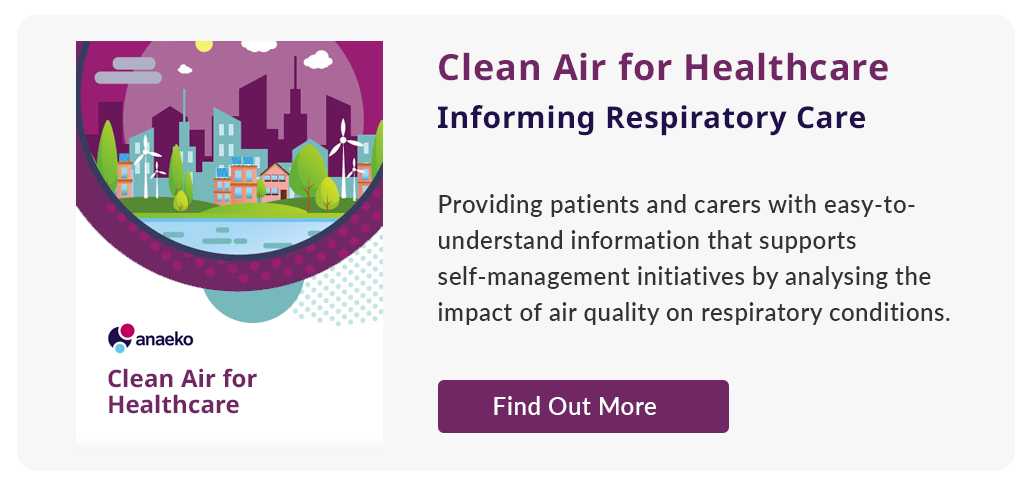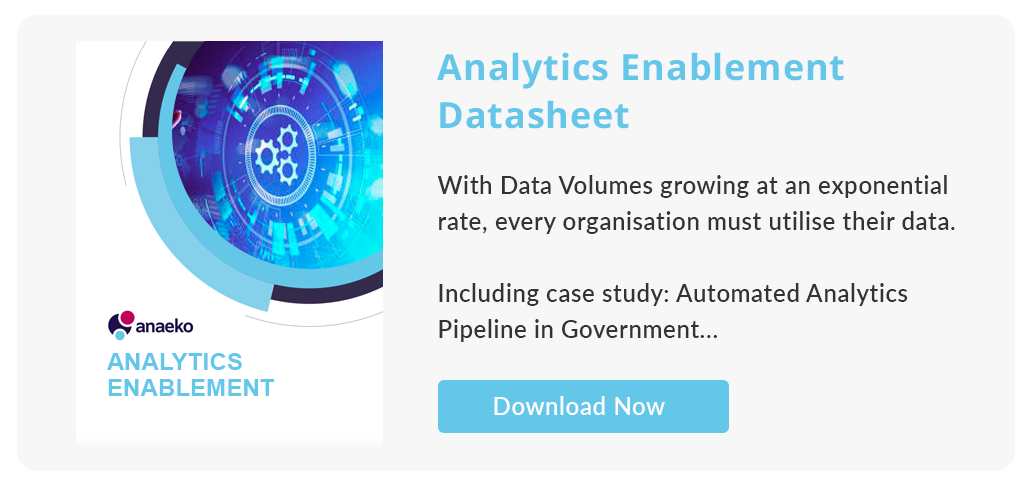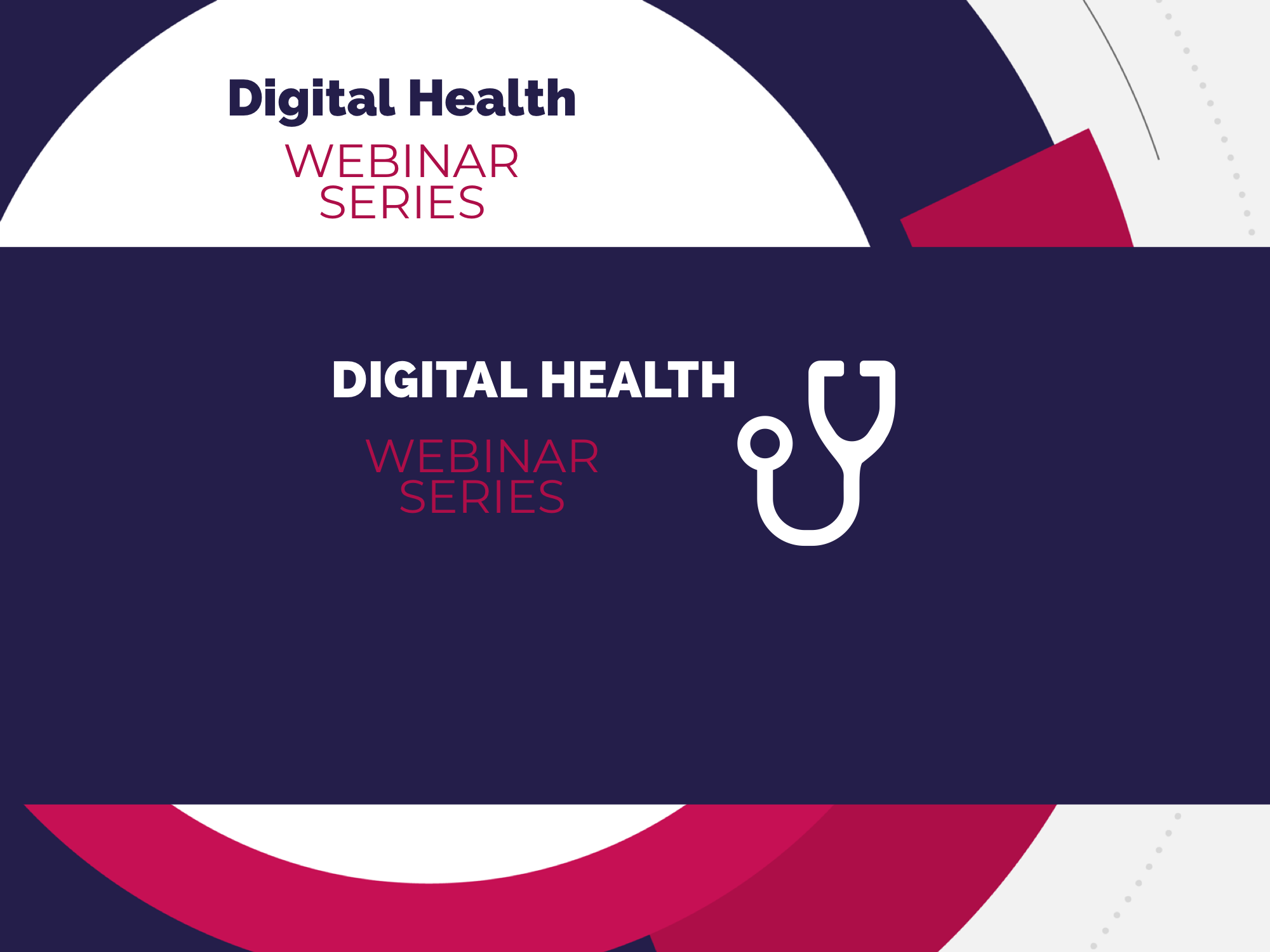55% of the population live in urban environments and these environments play an essential role in human health and wellbeing. Air pollution contains air particulate matter, PM2.5, that can stay in the air for long periods of time and be inhaled deep into the lungs. Pollution within urban areas can have an affect on asthma sufferers and "Around two thirds of people with asthma tell us poor air quality makes their asthma worse, putting them at risk of an asthma attack." (www.asthma.org.uk).

Asthma is a long term condition that needs careful management and monitoring to keep it under control reducing risks of attacks. People are feeling the effects of air pollution on their asthma so how can they manage attacks when they have less control over air pollution?
Outdoor Air Quality
The main sources of outdoor air pollutants are vehicles, industry, buildings, agriculture and peoples activity. During high pollution episodes children, elderly and people with chronic health problems are the most vulnerable and with these air pollution peaks there may be an association with an increase in hospital admissions for individuals with pre-existing respiratory conditions.
The main air pollutants of health concern are Particulate Matter (PM2.5, PM10). Sources of PM can be natural or man-made and could include bacteria, indoor heating, car exhausts, construction. Particulate matter can penetrate into the lungs and bloodstream causing irritation of the airways, coughing and aggravation of heart and lung diseases.
With air pollution being a health risk and because people are exposed to it in their everyday lives, where they work, exercise and live there is a need to provide informative and real-time localised air quality data. So individuals can make informed decisions on when and how they carry out their daily activities.
Day-to-day changes in weather can have a great influence on air quality. Pollutants that are high on a still day can be much lower the next day, or next hour, if the wind direction or speed changes. If people are given this information on when air quality is at a good or bad level they can adjust accordingly within their area and timeframes.
Indoor Air Quality
People spend a lot of time indoors so indoor air quality needs considered. Air pollutants generated outdoors can also have a direct impact on the indoor space. The main sources of indoor pollutants can be home heating, fires, candles, cooking, cleaning products or drying clothes creating damp.
Monitoring indoor air quality and assessing changes needed to improve air quality could lead to a better environment for vulnerable groups like the elderly in their homes or children in schools. By giving more insight and analysis to individual people but also policy makers or building planners changes can be made to improve indoor air quality:
- More ventilation through windows or built in systems
- Including building regulations to improve air quality indoors
- At home activities to reduce pollutants
- Greener choice in home heating
By giving individuals and regulatory bodies more information, real-time data and advice more people can become aware of the strategies to take to improve health.
Clean Air for Healthcare is a health data research platform and suite of applications for those living with respiratory conditions and those who care for them. By giving a unique, personalised perspective on health and air quality it allows users to see localised air quality data and empower their decisions on when to take part in certain activities or areas to avoid.
It will help to enable personal action plans and with historical data and trend analysis help predict air quality changes giving the patient real-time and predictive information.
By leveraging data analytics and predictive analytics patients can participate in their own care plans that could lead to improved patient health outcomes, reduced healthcare costs and improved care delivery.
We deliver Analytics as a Service by consolidating data onto policy-controlled platforms and providing business users with self-service analytics.
Topics: Data Analytics, Open Data, Healthcare, Integrated Analytics, Data, Air Quality




